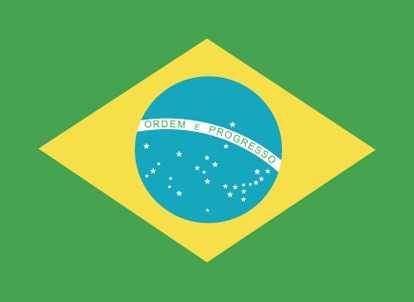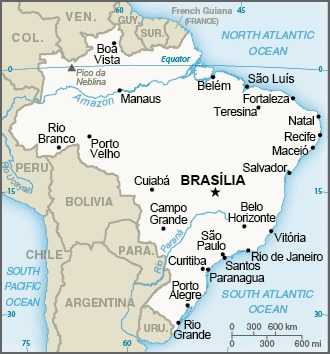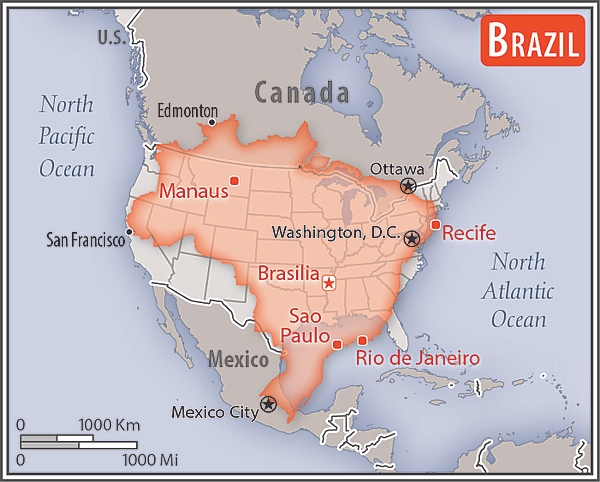Introduction
Visit the Definitions and Notes page to view a description of each topic.
Geography
People and Society
Population
comparison rankings: total 7; male 7; female 7
Median age
comparison ranking: total 101
Population growth rate
comparison ranking: 138
Birth rate
comparison ranking: 131
Death rate
comparison ranking: 119
Net migration rate
comparison ranking: 103
Maternal mortality ratio
comparison ranking: 83
Infant mortality rate
comparison ranking: total 107
Life expectancy at birth
comparison ranking: total population 113
Total fertility rate
comparison ranking: 151
Obesity - adult prevalence rate
comparison ranking: 81
Alcohol consumption per capita
comparison ranking: total 68
Tobacco use
comparison ranking: total 121
Children under the age of 5 years underweight
comparison ranking: 81
Education expenditure
comparison ranking: Education expenditure (% GDP) 40
Environment
Carbon dioxide emissions
comparison ranking: total emissions 14
Government
Economy
Real GDP (purchasing power parity)
comparison ranking: 7
Real GDP growth rate
comparison ranking: 101
Real GDP per capita
comparison ranking: 103
Inflation rate (consumer prices)
comparison ranking: 132
GDP - composition, by sector of origin
comparison rankings: agriculture 106; industry 124; services 94
Industrial production growth rate
comparison ranking: 75
Labor force
comparison ranking: 6
Unemployment rate
comparison ranking: 131
Youth unemployment rate (ages 15-24)
comparison ranking: total 63
Gini Index coefficient - distribution of family income
comparison ranking: 5
Public debt
comparison ranking: 34
Taxes and other revenues
comparison ranking: 98
Current account balance
comparison ranking: 192
Reserves of foreign exchange and gold
comparison ranking: 12
Debt - external
comparison ranking: 5
Energy
Electricity
comparison rankings: installed generating capacity 7; consumption 6; exports 32; imports 8; transmission/distribution losses 208
Energy consumption per capita
comparison ranking: 95
Communications
Telephones - fixed lines
comparison ranking: total subscriptions 10
Telephones - mobile cellular
comparison ranking: total subscriptions 8
Broadband - fixed subscriptions
comparison ranking: total 3
Transportation
Merchant marine
comparison ranking: total 26





